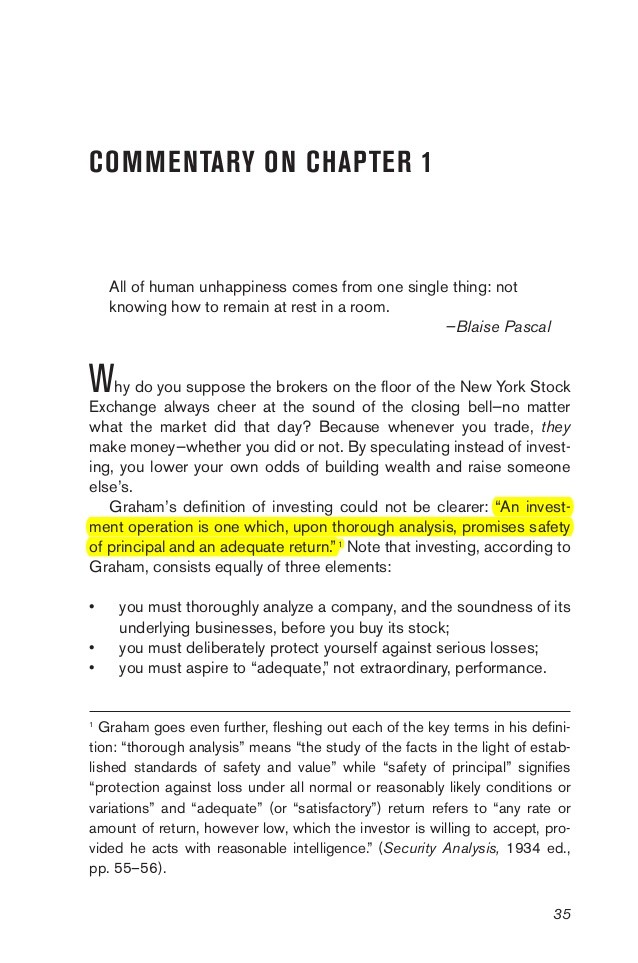The Intelligent Investor Picking the Right Countries
Post on: 16 Март, 2015 No Comment

Jason Zeig
Updated Jan. 30, 2010 12:01 a.m. ET
Even if you’ve already joined the mad dash to diversify into foreign stocks, you may still have a warped view of the investing world.
Today, his picture might be called Portrait of the American Portfolio. U.S. stocks make up only 42% of the value of all the planet’s equity markets. Yet the average American investor keeps 72% of stock assets here in the U.S. a preference for local companies that’s known as home bias.
And when American investors do go abroad, they treat the world as lopsided. Roughly 95% of the $25 billion that U.S. investors pumped into international funds in 2009 went into funds that specialize in emerging markets like Brazil, Russia, India and China, according to Morningstar. By year-end, U.S. investors had just under $300 billion riding directly on the developing world, and perhaps another $110 billion indirectly, through other funds that have some assets in emerging markets.
Add it all up and the average fund investor’s stock portfolio sits roughly 68% in the U.S. 6% in emerging markets and 26% in all the rest of the planet combined. Yet companies based in advanced, as opposed to emerging, foreign economies make up 45% of the world’s stock-market value. Americans are top-heavy at home, spread thin in countries like Australia, Britain, France and Japan, and diving headlong into emerging markets.
So what’s wrong with that? Why not overweight the market you know best? With a third of the sales and nearly 40% of the profits of major American companies coming from abroad, aren’t U.S. stocks a good play on the rest of the world? And if you do go overseas, why not go where returns are hottest?
The argument for going global used to be based on low correlations, or the tendency for foreign stocks to thrive when U.S. stocks dive (and vice versa). In the 1980s and 1990s, foreign shares were generally less than 50% correlated, zigging whenever the U.S. zagged. But in 2008, stocks fell in lock step both at home and abroad, while in 2009 they rose almost in unison around the world. The correlation between foreign and U.S. stocks has risen above 90%.
ENLARGE
heath Hinegardner
But correlations have converged between U.S. stocks and just about everything, including commodities and hedge funds. There are other, better reasons to invest world-wide.

You may know American companies best, but that doesn’t necessarily mean the home team is less risky. Living in the U.S. and keeping most of your stock money in the U.S. is much like working at Lehman Brothers or General Motors and loading up on the company’s own shares. Plus, holding stocks denominated in other currencies could help safeguard you against a future decline in the value of the dollar.
As for emerging markets, higher economic growth may not yield higher stock performance. The U.S. expanded faster in the 19th century than in the 20th, but stock returns were no higher. Over the past decade, Asia has had faster economic growth than Latin America, but Latin stocks have performed three times better. Why? Returns depend not only on tomorrow’s growth, but on what investors are willing to pay for that growth today. And emerging markets are no longer the bargain they were in late 2008 and early 2009. There’s no reason to rush.
Instead, take a deep breath.
If you were investing from scratch in the U.S. market, how would you parcel out your money among different kinds of stocks? The logical starting point: Ask how other investors have already allocated their money. Small stocks make up less than 10% of the U.S. market, midsized stocks 20% and large stocks at least 70%. And the market is split just about evenly between rapidly expanding growth stocks and cheaper value companies. You would deviate from those levels only if you had strong evidence that most other investors had missed something.
You should follow the same principle when you spread your investment dollars across the globe, says Frank Nielsen, a director of index research at MSCI Barra. The weights within MSCI’s All Country World index approximate how all the world’s investors already have placed their bets: 42% in the U.S. 45% in developed foreign markets, 13% in emerging markets.
Take those numbers as your base line. If you keep more than that in the U.S. and less in developed foreign markets, your bets are skewed. What insights do you possess into the global economy that hundreds of millions of other investors have somehow overlooked?














